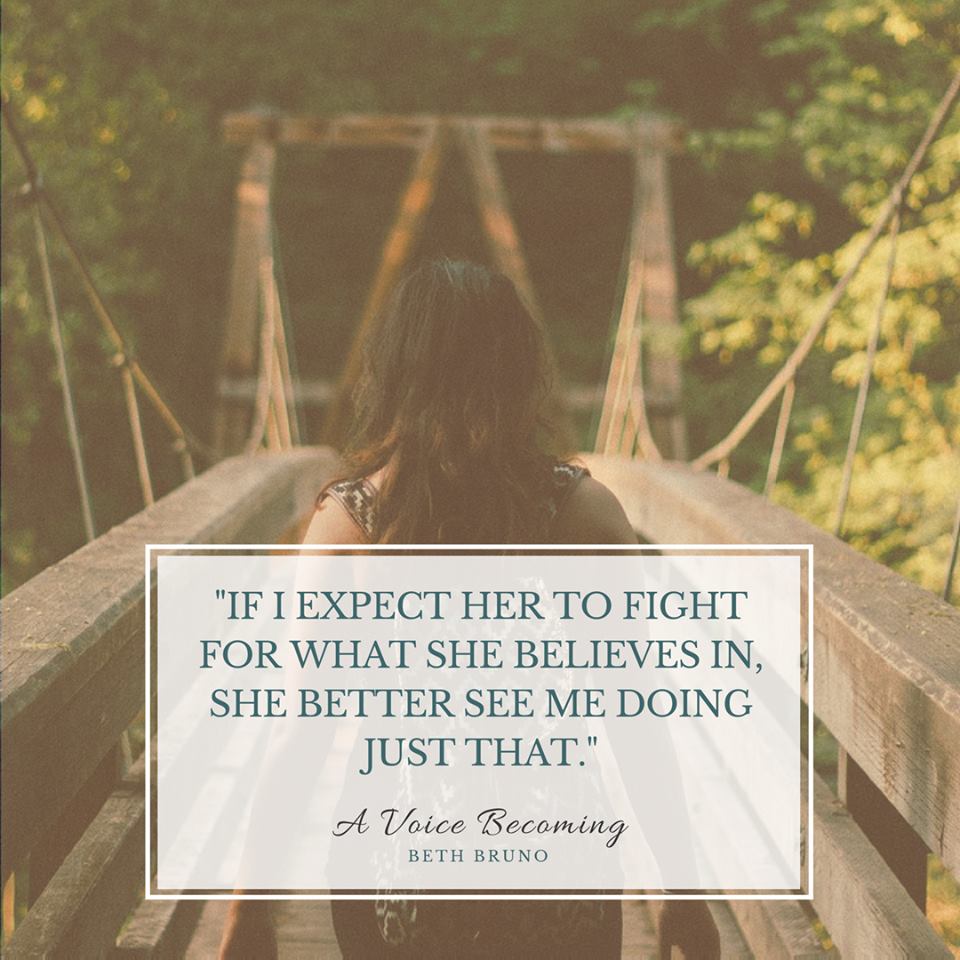
Some online friends personally recommended the following list of outstanding books for raising strong girls. I own or have checked out many of these from the library, so I can vouch for their value in fostering creativity, strength, character and confidence in our girls.
Another Giveaway!
If you share this post and tag me in it on Instagram, Facebook or Twitter, I’ll enter you to win either a copy of A Voice Becoming (see my review here) or the first edition of a fantastic new magazine for girls called Bravery (description at bottom of the post). The giveaway will end on January 31, 2018. Sorry, I can only mail to U.S. residents!
Picture Books:

Ada Twist, Scientist, by Andrea Beaty (author) and David Roberts (illustrator)
From Amazon: “Like her classmates, builder Iggy and inventor Rosie, scientist Ada, a character of color, has a boundless imagination and has always been hopelessly curious. Why are there pointy things stuck to a rose? Why are there hairs growing inside your nose? When her house fills with a horrific, toe-curling smell, Ada knows it’s up to her to find the source. What would you do with a problem like this? Not afraid of failure, Ada embarks on a fact-finding mission and conducts scientific experiments, all in the name of discovery. But, this time, her experiments lead to even more stink and get her into trouble!”
 Beautiful, by Stacy McAnulty (author) and Joanne Lew-Vriethoff (illustrator)
Beautiful, by Stacy McAnulty (author) and Joanne Lew-Vriethoff (illustrator)
From Amazon: “Much more than how one looks on the outside, true beauty is found in conquering challenges, showing kindness, and spreading contagious laughter. Beautiful girls are empowered and smart and strong! BEAUTIFUL breaks barriers by showing girls free to be themselves: splashing in mud, conducting science experiments, and reading books under a flashlight with friends. This book will encourage all girls to embrace who they are and realize their endless potential. ”
 Girls A to Z, by Eve Bunting (author) and Suzanne Bloom (illustrator)
Girls A to Z, by Eve Bunting (author) and Suzanne Bloom (illustrator)
From Amazon: “A picture book celebrating diverse girls and their marvelously varied career dreams. Rhymes feature 26 girls acting out their aspirations—from Aliki the astronaut to Zoe the zookeeper. Suzanne Bloom’s cheerful, vibrant illustrations invite girls to “dream any dream you want to dream.”
 Goodnight Stories for Rebel Girls, by Elena Favilli and Francesca Cavallo
Goodnight Stories for Rebel Girls, by Elena Favilli and Francesca Cavallo
From Amazon: “Good Night Stories for Rebel Girls” is a children’s book packed with 100 BEDTIME STORIES about the life of 100 EXTRAORDINARY WOMEN from the past and the present, illustrated by 60 FEMALE ARTISTS from all over the world. Each woman’s story is written in the style of a fairy tale. Each story has a full page, full color portrait that captures the spirit of the portrayed hero.”
 Little People, Big Dreams Series, by various authors and illustrators
Little People, Big Dreams Series, by various authors and illustrators
From Amazon: “In the Little People, Big Dreams series, discover the lives of outstanding people from designers and artists to scientists. All of them went on to achieve incredible things, yet all of them began life as a little child with a dream.” Check out more than 10 incredible women, including books about Maya Angelou, Marie Curie, Frida Kahlo, Rosa Parks , and Amelia Earhart. They also come as board books!
 Malala’s Magic Pencil, by Malala Yousafzai (author) and Kerascoet (illustrator)
Malala’s Magic Pencil, by Malala Yousafzai (author) and Kerascoet (illustrator)
From Amazon: “As a child in Pakistan, Malala made a wish for a magic pencil. She would use it to make everyone happy, to erase the smell of garbage from her city, to sleep an extra hour in the morning. But as she grew older, Malala saw that there were more important things to wish for. She saw a world that needed fixing. And even if she never found a magic pencil, Malala realized that she could still work hard every day to make her wishes come true.
This beautifully illustrated volume tells Malala’s story for a younger audience and shows them the worldview that allowed Malala to hold on to hope even in the most difficult of times.”
 Ordinary People Change the World–Set of 4 Books, by Brad Meltzer
Ordinary People Change the World–Set of 4 Books, by Brad Meltzer
From Amazon: “What makes a hero? Brad Meltzer and illustrator Christopher Eliopoulos answer that question, one great role model at a time. And now you can buy the first four—Abraham Lincoln, Amelia Earhart, Rosa Parks, and Albert Einstein—together in a wonderfully designed slipcase that includes an exclusive, autographed print, suitable for framing.”
 I Am Truly, by Kelly Greenawalt (author) and Amariah Rauscher (illustrator)
I Am Truly, by Kelly Greenawalt (author) and Amariah Rauscher (illustrator)
From Amazon: Princess Truly is strong and confident, beautiful and brave, bright and brilliant. She can do anything she sets her mind to…
I can fly to the moon
And dance on the stars.
I can tame wild lions…
And race fast cars.
Brimming with warmth and color, Princess Truly’s rhythmic rhyming adventures are a celebration of individuality, girl power, and diversity. Her heartfelt story is a reminder to young girls everywhere that they can achieve anything if they put their minds to it…and dream big!
 Interstellar Cinderella, by Deborah Underwood (author) and Meg Hunt (illustrator)
Interstellar Cinderella, by Deborah Underwood (author) and Meg Hunt (illustrator)
From Amazon: “Once upon a planetoid,
amid her tools and sprockets,
a girl named Cinderella dreamed
of fixing fancy rockets.
With a little help from her fairy godrobot, Cinderella is going to the ball. But when the prince’s ship has mechanical trouble, someone will have to zoom to the rescue! Readers will thank their lucky stars for this irrepressible fairy tale retelling, its independent heroine, and its stellar happy ending.”
 Little Leaders: Bold Women in Black History, by Vashti Harrison
Little Leaders: Bold Women in Black History, by Vashti Harrison
From Amazon: “A NEW YORK TIMES INSTANT BESTSELLER! Featuring forty trailblazing black women in American history, Little Leaders educates and inspires as it relates true stories of breaking boundaries and achieving beyond expectations. Illuminating text paired with irresistible illustrations bring to life both iconic and lesser-known female figures of Black history such as abolitionist Sojourner Truth, pilot Bessie Coleman, chemist Alice Ball, politician Shirley Chisholm, mathematician Katherine Johnson, poet Maya Angelou, and filmmaker Julie Dash.
Among these biographies, readers will find heroes, role models, and everyday women who did extraordinary things – bold women whose actions and beliefs contributed to making the world better for generations of girls and women to come. Whether they were putting pen to paper, soaring through the air or speaking up for the rights of others, the women profiled in these pages were all taking a stand against a world that didn’t always accept them. The leaders in this book may be little, but they all did something big and amazing, inspiring generations to come.”
 Monster Trouble, by Lane Frederickson (author) and Michael Robertson (illustrator)
Monster Trouble, by Lane Frederickson (author) and Michael Robertson (illustrator)
From Amazon: “Nothing frightens Winifred Schnitzel—but she DOES need her sleep, and the neighborhood monsters WON’T let her be! Every night they sneak in, growling and belching and making a ruckus. Winifred constructs clever traps, but nothing stops these crafty creatures. What’s a girl to do? (Hint: Monsters HATE kisses!) The delightfully sweet ending will have every kid—and little monster—begging for an encore.”
 The Paper Bag Princess, by Robert Munsch (author) and Michael Martchenko (illustrator)
The Paper Bag Princess, by Robert Munsch (author) and Michael Martchenko (illustrator)
From Amazon: “This bestselling modern classic features a princess who rescues a very snooty—and ungrateful—prince.”
 The Princess in Black (book 1 in a series), by Shannon and Dean Hale (authors) and LeUyen Pham (illustrator)
The Princess in Black (book 1 in a series), by Shannon and Dean Hale (authors) and LeUyen Pham (illustrator)
(For age 5-8.) From Amazon: “Princess Magnolia is having hot chocolate and scones with Duchess Wigtower when . . . Brring! Brring! The monster alarm! A big blue monster is threatening the goats! Stopping monsters is no job for dainty Princess Magnolia. But luckily Princess Magnolia has a secret —she’s also the Princess in Black, and stopping monsters is the perfect job for her! Can the princess sneak away, transform into her alter ego, and defeat the monster before the nosy duchess discovers her secret? From award-winning writing team of Shannon and Dean Hale and illustrator LeUyen Pham, here is the first in a humorous and action-packed chapter book series for young readers who like their princesses not only prim and perfect, but also dressed in black.”
 Princesses Wear Pants, by Savannah Guthrie (author) and Eva Byrne (illustrator)
Princesses Wear Pants, by Savannah Guthrie (author) and Eva Byrne (illustrator)
From Amazon: “In the tradition of Not All Princesses Dress in Pink and Princess in Black, Princesses Wear Pants follows the unflappable Princess Penelope Pineapple, who knows how to get the job done while staying true to herself. Princess Penelope lives in a beautiful palace with a closet full of beautiful dresses. But being a princess is much, much more than beauty. In fact, every morning Princess Penelope runs right past her frilly dresses to choose from her beloved collection of pants!
What she wears each day depends on which job she has to do. Will she command the royal air force sporting her sequined flight suit? Will she find her zen in her yoga pants and favorite tee? Or, will she work in the kingdom’s vegetable garden with pocketed overalls for all of her tools?”
 Rosie Revere, Engineer, by Andrea Beaty (author) and David Roberts (illustrator)
Rosie Revere, Engineer, by Andrea Beaty (author) and David Roberts (illustrator)
From Amazon: “Rosie may seem quiet during the day, but at night she’s a brilliant inventor of gizmos and gadgets who dreams of becoming a great engineer. When her great-great-aunt Rose (Rosie the Riveter) comes for a visit and mentions her one unfinished goal–to fly–Rosie sets to work building a contraption to make her aunt’s dream come true. But when her contraption doesn’t fl y but rather hovers for a moment and then crashes, Rosie deems the invention a failure. On the contrary, Aunt Rose inisists that Rosie’s contraption was a raging success. You can only truly fail, she explains, if you quit.”
 Violet the Pilot, by Steve Breen
Violet the Pilot, by Steve Breen
From Amazon: “By the time she’s two years old, Violet Van Winkle can engineer nearly any appliance in the house. And by eight she’s building elaborate flying machines from scratch—mind-boggling contraptions such as the Tubbubbler, the Bicycopter, and the Wing-a-ma-jig. The kids at school tease her, but they have no idea what she’s capable of. Maybe she could earn their respect by winning the blue ribbon in the upcoming Air Show. Or maybe something even better will happen—something involving her best-ever invention, a Boy Scout troop in peril, and even the mayor himself!”
 Willow, by Denise Brennan-Nelson (author) and Cyd Moore (illustrator)
Willow, by Denise Brennan-Nelson (author) and Cyd Moore (illustrator)
From Amazon: “Miss Hawthorn’s room is neat and tidy, not a pencil or paintbrush is out of place. And that’s how she likes it. And she likes trees that are colored green and apples that are painted red. Miss Hawthorn does not like things to be different or out of the ordinary. Into Miss Hawthorn’s classroom comes young Willow. She doesn’t color inside the lines, she breaks crayons, and she sees pink trees and blue apples. What will Miss Hawthorn think? Magical things can happen when your imagination is allowed to run wild, and for Miss Hawthorn the notion of what is art and what is possible is forever changed.”
 Zog and the Flying Doctors, by Julia Donaldson (author) and Axel Scheffler (Illustrator)
Zog and the Flying Doctors, by Julia Donaldson (author) and Axel Scheffler (Illustrator)
From Amazon: “Zog the dragon, Princess Pearl, and Sir Gadabout have taken to the skies! No sniffly lion or sunburned mermaid will go without care while the flying doctors are on duty. But Princess Pearl’s unconventional career path doesn’t sit so well with her uncle, the king. He thinks princesses should stay in their towers and embroider cushions all day!
When the king’s mysterious illness befuddles all the royal doctors, however, it’s Princess Pearl to the rescue! She not only heals the king — she also changes his mind about what it means to be a princess.”
Coloring Book:
 Her Highness Builds Robots (from Etsy)
Her Highness Builds Robots (from Etsy)
From the site: “In this coloring book you will meet seven diverse Princesses – Priya, Rafa, Holly, Diamond, Taylor, Jae and Juanita. In addition to being princesses, they are each pursuing an exciting and empowering profession: robot designer, chemical engineer and sculptor to name a few. Kids will love just how much there is to color on every page, and adults will love the pithy and modern sayings that accompany each drawing. This is a great gift for any child in your life or any man or woman who wishes that princesses reflected the diversity, creativity, and intelligence of the 21st Century woman.”
Magazine:
 Bravery Magazine
Bravery Magazine
From their site: “Bravery Magazine is a quarterly print publication for girls and boys that features strong female role models. Each issue highlights a brave woman and teaches about her life and work in a fun, engaging way. Full of beautiful illustrations and playful, educational activities, Bravery Mag is the tool you can use to inspire your kids to dream, empower them to do, and help them discover how they can be their own kind of brave.”
Website:
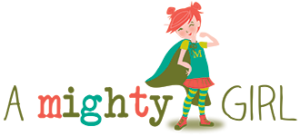
A Mighty Girl
This is a fabulous site chock full of resources for raising strong girls including books, toys, movies/T.V., music, clothing, a character list, parenting articles, an online book club, and reading lists. Don’t visit it when you need to be productive, because you could easily spend an entire evening browsing through the content.
What would you add to this list? I’d love to know!
Don’t Forget the GIVEAWAY:
 If you share this post and tag me in it on Instagram, Facebook or Twitter, I’ll enter you to win either a copy of A Voice Becoming (see my review here) or the first edition of a fantastic new magazine for girls called Bravery. The giveaway will end on January 31, 2018. Sorry, I can only mail to U.S. residents!
If you share this post and tag me in it on Instagram, Facebook or Twitter, I’ll enter you to win either a copy of A Voice Becoming (see my review here) or the first edition of a fantastic new magazine for girls called Bravery. The giveaway will end on January 31, 2018. Sorry, I can only mail to U.S. residents!
Join me this month as we explore the theme of raising strong girls. I have way too many ideas and not enough time, but my goal is to post on Mondays, Wednesdays and Fridays this month. Shoot me an email at scrapingraisins (dot) gmail (dot) com if you’d like to guest post on this topic or another theme in the future (February’s theme is racism, privilege & bridge building–you know, the easy topics;-) ).
Sign up for my mid-month digest and end-of-month secret newsletter to stay updated on all the posts as well as to get links to interesting books, podcasts, recipes and articles I’ve come across this month.
Sign up for my Mid-month Digest and Secret Newsletter Here:
***This post contains Amazon Affiliate links (no extra cost to you, pennies to me!)


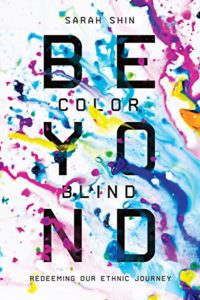 Sign up for my newsletter by February 28th and be entered to win a copy of Beyond Colorblind! (U.S. residents only)
Sign up for my newsletter by February 28th and be entered to win a copy of Beyond Colorblind! (U.S. residents only) This month we’ll be discussing racism, privilege and bridge building. If you’d like to guest post on this topic, please email me at scrapingraisins(dot)gmail(dot)com. Yes, this is awkward and fraught with the potential for missteps, blunders and embarrassing moments, but it’s necessary. Join me?
This month we’ll be discussing racism, privilege and bridge building. If you’d like to guest post on this topic, please email me at scrapingraisins(dot)gmail(dot)com. Yes, this is awkward and fraught with the potential for missteps, blunders and embarrassing moments, but it’s necessary. Join me? 





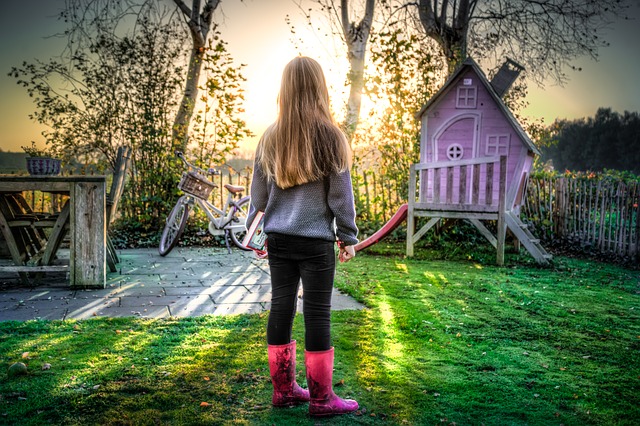
 Despite a deep desire to belong, Nicole Woo often finds life nudging her to the margins. She’s been the only girl on the team, the only public speaking teacher afraid of public speaking, the only Caucasian in the extended family photo, and the only mom who lets her kids drink Fanta. She calls the Rockies home, often pretending to be a Colorado native in spite of her flatland origins.
Despite a deep desire to belong, Nicole Woo often finds life nudging her to the margins. She’s been the only girl on the team, the only public speaking teacher afraid of public speaking, the only Caucasian in the extended family photo, and the only mom who lets her kids drink Fanta. She calls the Rockies home, often pretending to be a Colorado native in spite of her flatland origins. If you share
If you share 


 Beautiful
Beautiful


















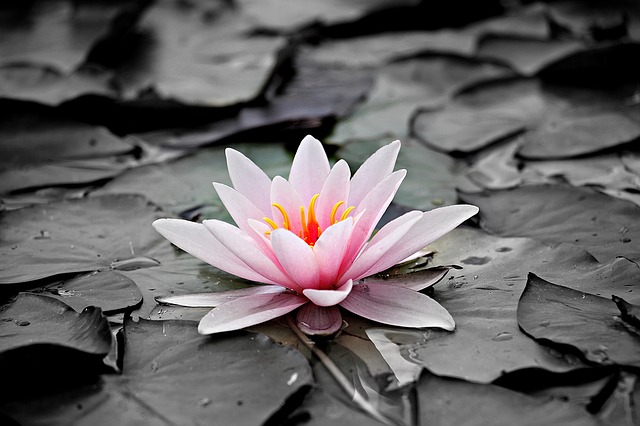
 Lydia Rueger is a mom of two, writer and editor for Colorado Parent (www.coloradoparent.com) magazine, and picture book writer pursuing publication. She’s other things, too. Learn more at
Lydia Rueger is a mom of two, writer and editor for Colorado Parent (www.coloradoparent.com) magazine, and picture book writer pursuing publication. She’s other things, too. Learn more at 
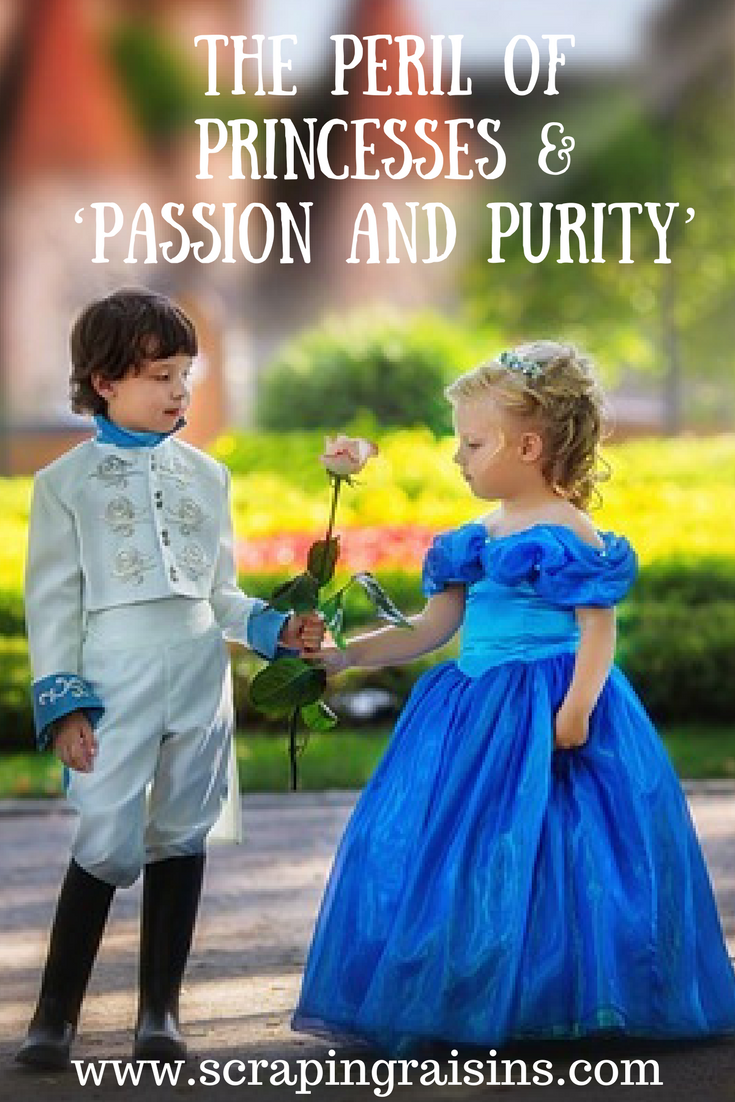
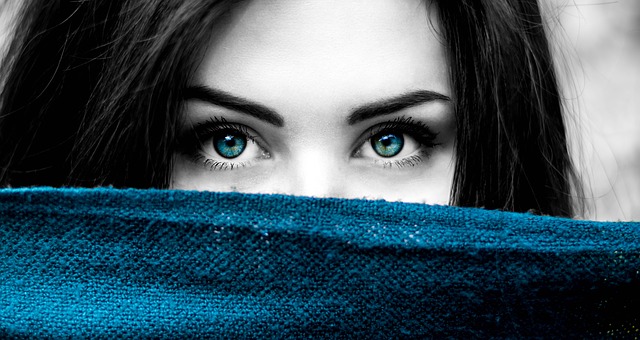
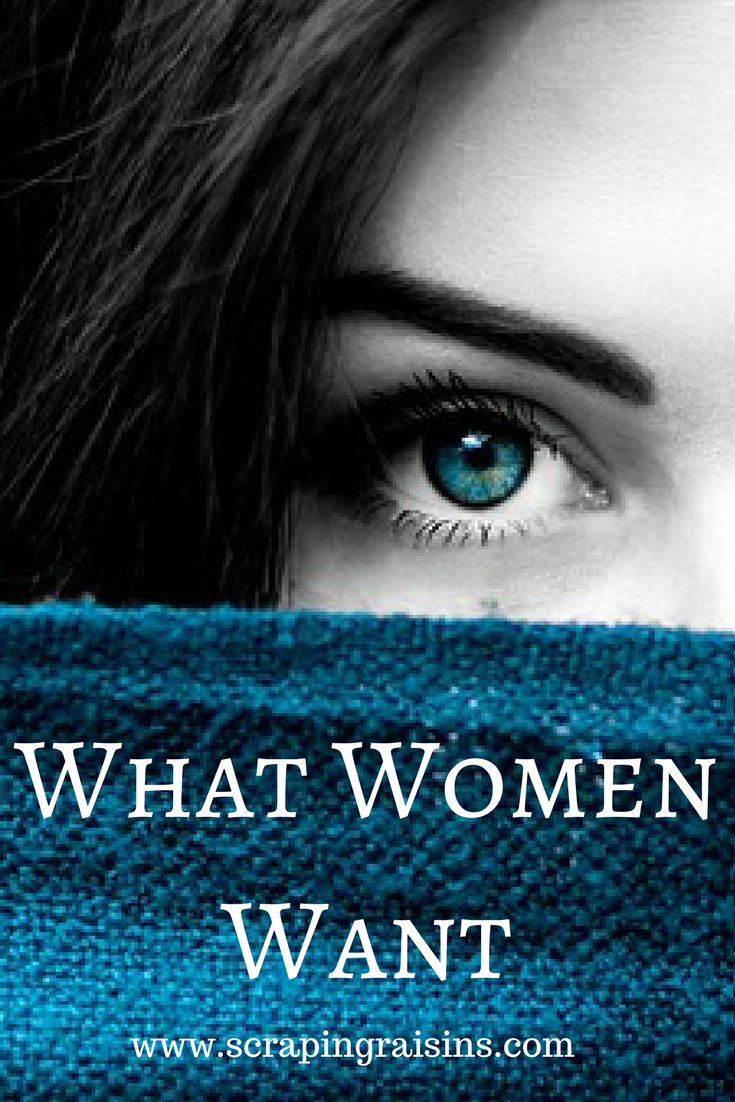

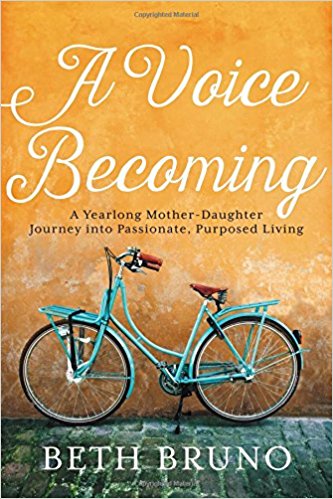
 BETH BRUNO traded the Blue Ridge for the Rocky Mountains after two decades in mega cities. Upon graduating from Northwestern University in Chicago, she and her husband moved to an even larger city, Istanbul, where they led campus teams with Cru. Ten years later they moved to Seattle where Beth received an MA in International Community Development and launched a nonprofit aimed at preventing domestic minor sex trafficking. Beth regularly speaks and trains around the topic of trafficked youth, including interviews with local radio stations and lots of coffee with the FBI, Homeland Security, and local law enforcement.
BETH BRUNO traded the Blue Ridge for the Rocky Mountains after two decades in mega cities. Upon graduating from Northwestern University in Chicago, she and her husband moved to an even larger city, Istanbul, where they led campus teams with Cru. Ten years later they moved to Seattle where Beth received an MA in International Community Development and launched a nonprofit aimed at preventing domestic minor sex trafficking. Beth regularly speaks and trains around the topic of trafficked youth, including interviews with local radio stations and lots of coffee with the FBI, Homeland Security, and local law enforcement.